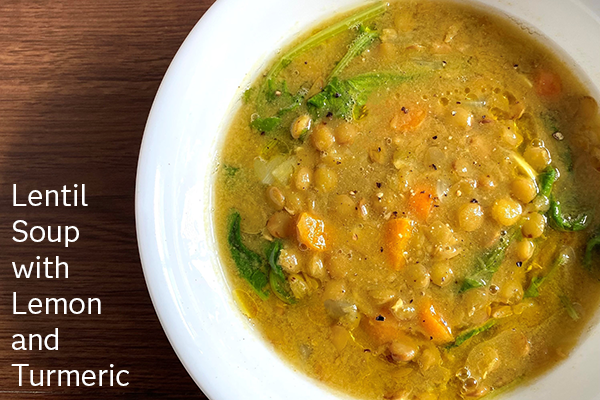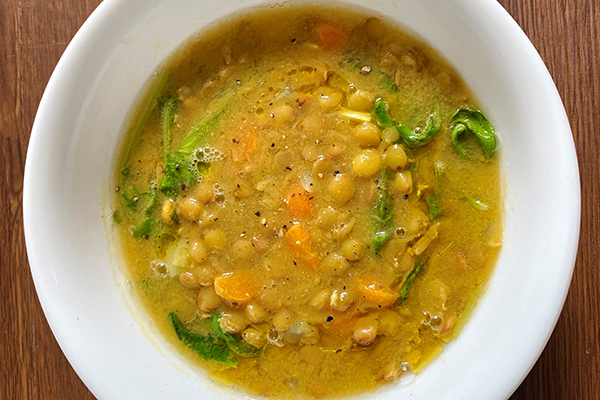Chronic pain affects more than 30% of people worldwide; that’s billions of people that suffer every day. As defined by the International Association for the Study of Pain (IASP), chronic pain is pain that persists or recurs for more than 3 months. For many people, this type of pain is often non-specific, meaning that there isn’t a clear reason for the pain, no disease state or tissue damage, or the damage seen isn’t severe enough to explain the amount of pain.
Many pain experts also feel that there is a biopsychosocial model of pain, which is the bidirectional interaction between biological, psychological and social factors and the amount of pain we feel. Meaning that chronic pain can impact our mood, sleep habits, physical health, ability to work, etc., AND our mood, our sleep habits, our social support, etc. can impact the amount of pain we might feel. It works both ways.
Pain management should be a personalized and multidisciplinary treatment approach, which may include physical therapy and medications, but also nutrition and lifestyle management.
The role that nutrition plays as an important lifestyle factor in pain management is gaining more attention. The relationship between our nutrition and chronic pain is complex. It can involve many different underlying mechanisms, including things like nutrient deficiencies, oxidative stress, and inflammation. These factors can impact the volume control setting within the brain that can either turn up or turn down the intensity of pain we feel.
Chronic pain is, well, a #pain! Discover food choices that can turn down the intensity of pain we feel. #saslife Click To TweetNutrients
Low intake of micronutrients, especially omega-3 fatty acids, B vitamins, vitamin D, magnesium, zinc, vitamin C and beta carotene are associated with chronic pain. Some of these nutrients play a role in maintaining the health of the nervous system and pain signaling pathways, while others help to reduce inflammation or oxidative stress.
Inflammation
Chronic inflammation increases our sensitivity to pain, it turns up the volume in our brain. Inflammation interacts with several pain mechanisms. Basically, with chronic inflammation, cells release compounds that are involved with the process of pain. For example, the presence of a low grade inflammation in IBS involves neuro-immune interactions in the gut lining that generates other compounds that result in increased pain.
Neuroinflammation is a localized inflammatory response that occurs in the peripheral and central nervous system and is associated with chronic non-specific low back pain, fibromyalgia, migraine, and spinal nerve pain.
Oxidative Stress
Oxidative stress is defined as an increase in the reactive oxygen species produced as a byproduct of oxygen metabolism and a decrease in the ability of antioxidative compounds to detoxify cells and tissues. Oxidative stress is a normal result of metabolism but can be increased or decreased depending on what we eat and other factors. Oxidative stress can create tissue damage and result in chronic inflammation, both of which contribute to chronic pain.
Excessive carbohydrate intake and a decreased ability to efficiently metabolism glucose (insulin resistance) leads to an increase in oxidative stress and inflammation. There are studies that show a reduction in inflammation markers and pain following a low carbohydrate diet.
Insulin resistance increases inflammatory markers.
Gut-Brain Axis
The gut-brain axis consists of bidirectional communication between the central and enteric nervous systems, linking emotional and cognitive centers of the brain with intestinal functions. Our microbiome plays a big role in this communication link.
Dysregulation of this link, the gut-brain axis, has been shown to directly impact inflammation and chronic pain.
Increased intestinal permeability (damage to the mucosal lining in the GI tract) is also linked to an increase in pain sensitivity. Intestinal permeability is associated with an increase in lipopolysaccharides (LPS) in the blood stream. LPS is an endotoxin and can directly induce systemic inflammation.
What Foods to Choose
Let’s look at how to optimize nutrition to reduce chronic pain. Basically, we want to eat in a way that will provide our bodies with all the nutrients it needs, reduce inflammation, oxidative stress and insulin resistance, and optimize gut health.
Nutrition interventions have a significant effect on pain reduction.
1. Eat a colorful variety of plant foods.
- The phytonutrients in plant foods have strong antioxidant and anti-inflammatory properties.
- Aim for 8-10 servings of fruits and vegetables per day.
- Beans and lentils are also great sources of phytonutrients.
- Don’t forget about herbs and spices.
2. Ensure adequate intake of omega-3 rich fatty fish like salmon, sardines, mackerel and herring.
- Omega-3 fatty acids are very potent anti-inflammatories. Omega-3s from plant based foods (flax, hemp, chia seeds and walnuts) can help as well, they are just not as powerful.
- Aim for 2-3 servings of omega-3 rich fish per week.
3. Ensure adequate nutrient intake.
- Aim for a real, whole foods based diet and talk to your health care provider or dietitian to ensure adequate vitamin D, B12 and magnesium intake.
- Base meals around protein, nutrient dense carbohydrates, healthy fats, and plenty of non-starchy veggies.
4. Ensure adequate water intake.
- Dehydration can increase sensitivity to pain.
- Start with drinking ½ your body weight in ounces (if you weigh 160 pounds, this would be 80oz daily).
5. Optimize your microbiome.
- Ensure adequate fiber intake from real foods.
- Reduce and limit highly processed foods – this also helps to reduce inflammation.
It’s important to have a discussion with your health care provider and/or your dietitian to ensure you are approaching your pain management strategies with an interdisciplinary approach that is right for you.
Lentil Soup with Lemon and Turmeric
Adapted from Inspired Taste
Makes 6-8 servings
PRINT RECIPE
Ingredients
2 Tbsp olive oil
1 medium onion, finely chopped (2 cups)
2 large carrots, chopped (1 ½ cups)
2-3 garlic cloves, minced minced
1 tsp ground cumin
½ tsp ground coriander
½ tsp fresh ground black pepper
½ tsp ground turmeric
2 cups lentils, picked and rinsed
8 cups vegetable broth or bone broth
2 heaping cups shredded kale or spinach OR a 5oz clam shell baby kale or spinach
1-2 lemons
¼ cup chopped fresh herbs like parsley or dill, optional
Fine sea salt, to taste
Directions
- Heat the oil in a large pot (like a Dutch oven) over medium heat.
- Add the onions, carrot, and ¼ teaspoon of salt and cook, stirring occasionally until they are softened and starting to smell sweet, about 5 to 7 minutes.
- Stir in the garlic, cumin, coriander, black pepper, and turmeric and cook for 30 seconds.
- Stir in the lentils and broth. Increase the heat to high and bring just to a boil. Taste, then adjust with salt. Reduce the heat to a simmer and cook, partially covered, until the lentils are tender, 35 to 40 minutes.
- Uncover the pot and stir in the kale (or spinach) and cook, uncovered, another 5 minutes.
- Take the soup off the heat, and then stir in the juice of half a lemon and the fresh herbs. Taste the soup, and then season with additional salt and/or lemon juice. (I like quite a bit of lemon.)





